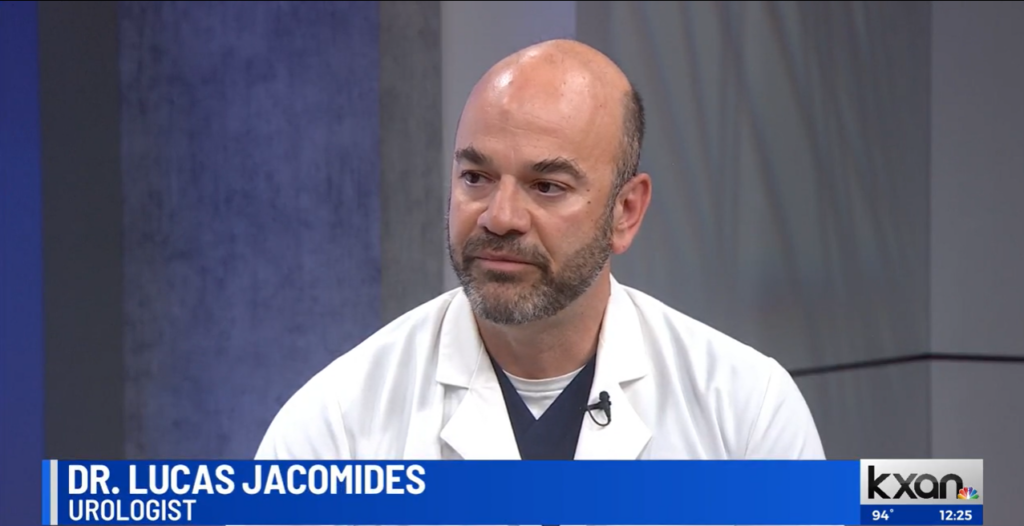
Getting an erectile dysfunction diagnosis
It is common for a man to have times in his life when it is difficult to produce or maintain an erection. However, when these problems become more frequent or progress in severity, it is time to see a urologist to seek an erectile dysfunction diagnosis. Our Austin urology doctors have the tools and experience to ensure accurate ED diagnosis, as well as effective treatment options to help men resume normal sexual activity.
Erectile dysfunction includes cases of being able to get an erection, but not every time you want one; being able to get an erection, but not maintaining it through sex; and not being able to get an erection at all.
ED diagnosis and tests
An erectile dysfunction diagnosis is made by a urologist using a series of evaluations and tests.
- A medical and sexual history is the first step in ED diagnosis. The doctor will ask questions about your erections and sexual intercourse to understand the patterns and severity of the dysfunction. Information about medications you take and past surgeries may reveal potential causes. The doctor will also inquire about your lifestyle, including questions about smoking, illegal drug use and alcohol intake, all of which can affect your ability to get or maintain an erection.
- Mental health history will be part of the erectile dysfunction diagnosis discussion, as mental and emotional factors such as depression, anxiety and stress can all cause this type of dysfunction.
- A physical exam will provide information about whether the cause is endocrine (hormones), circulatory, nervous system or cardiovascular. Based on the physical exam, the doctor may order lab tests, imaging or other testing.
- Lab tests for ED include blood and urine tests for diabetes, hormonal problems, artery disease (atherosclerosis) and kidney disease.
- Imaging tests, such as an ultrasound of the penis, show whether there is normal blood flow.
- A nocturnal erection test, called a nocturnal penile tumescence (NPT) test, can determine whether a patient has erections while sleeping. This is a good determinant of whether a man is physically capable of getting an erection.
All of this information is used to determine both the underlying cause of erectile dysfunction so that it may be treated, as well as the best treatment for the specific ED diagnosis.
Treatment next steps after erectile dysfunction diagnosis
There are effective ED treatments, ranging from oral medication to surgical implants. The treatment discussion considers the patient’s age, other medical conditions, and potential side effects of the treatment.
If you have questions about the process for erectile dysfunction diagnosis, or would like to be evaluated for ED, contact our Austin urology doctors for an appointment.












